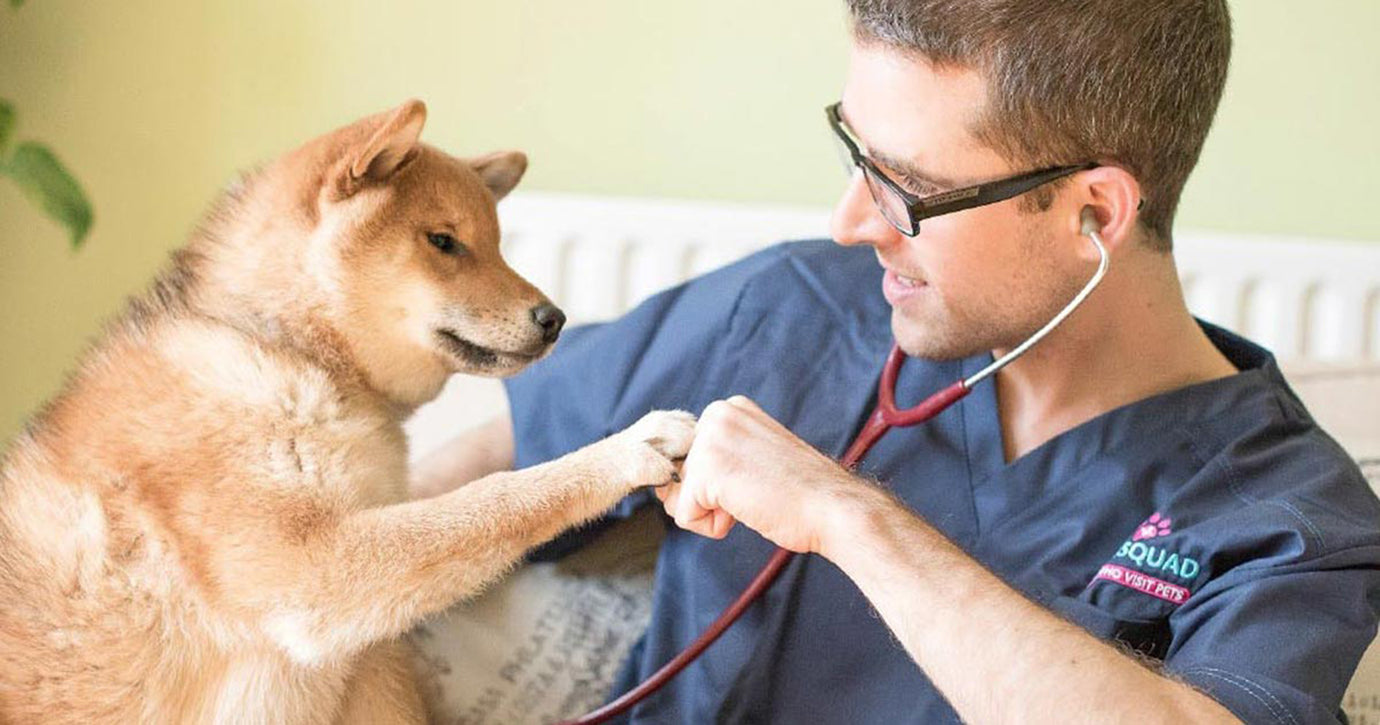Frightened fish? How to keep your fish tank safe from cats

Fish tanks can be a huge source of entertainment and stimulation for your cat - almost like watching TV for humans. However, an inquisitive cat can play havoc with your fish tank, potentially distressing the fish, even catching your fish, or damaging or upsetting the tank if they try to jump or climb on it.
This means that it is important to ensure that if you do keep a fish tank or aquarium in a house with an inquisitive cat, that you take steps to keep the tank, fish, and your cat itself safe. In this article we will look at how to set up and situate a fish tank in your home in such a way as to prevent your cat from stressing out your fish or causing problems - and how to keep all of your pets happy, safe and stress free. Read on to learn how to keep your fish tank or aquarium fish safe from your cat’s attentions! Where you situate the tank First up, there’s a lot of advice out there about where to situate a fish tank so that it fills the needs of its inhabitants - like the right amount of light, access to water and power points, and the best locations to put a tank to enjoy it. However, if you have a cat too, things get more complicated as you will need to place your fish tank somewhere that it is not easily accessible to your cat, whilst still available for you to enjoy yourself. If your cat enjoys watching the fish from a safe enough distance that they will not disturb the fish, this is fine - so there’s no reason to banish the tank to a room you rarely use. However, try to avoid placing the tank somewhere that will make it easy for your cat to get up close and personal with the fish, climb onto the tank’s lid, or be able to swipe or paw at the glass. The height of the tank and its surroundings Putting your fish tank on a relatively high surface so that it is not easy for your cat to get right up close to it is a good idea, but cats are also great acrobats that can jump and climb quite proficiently, so this is not always as easy as it may seem. When you situate the stand for your tank, look around at the wider room to check that there’s not something like a coffee table or bookshelf that your cat might use to jump up onto or in front of the tank itself. Additionally, it is a good idea to use a fish tank stand that is designed for the actual tank you are buying, with little or no room at the front and sides of it that your cat could jump onto. If your cat views the front and sides of the tank as a sheer, vertical surface without a shelf or lip to jump onto, they are less likely to try. Stability The tank itself should of course be steady and stable, and not easy to tip over. The weight of the water in the tank goes a long way towards doing this for you, but if the tank is deeper than it is wide or is round with a smaller base, your cat pushing against it or jumping onto it might potentially upset it, or at least cause it to rock precariously. Make sure you place your tank on a firm, steady base and choose a tank that is not unstable or easy to overbalance. Make sure the stand and the floor that the stand is on is flat and even too! The lid of the tank A fully enclosed lid that can’t be pushed off is a must if you have a cat, and the lid should also be firm enough so that if your cat jumps onto it, it will not break, slip, or fall into the tank itself. Secure the lid if needed, and try placing obstacles on top of it or even items that will disrupt your cat’s depth perception to reduce the chances of them trying to jump onto the lid. A safe distance for cats Around two feet from the front of the tank is about as close as your cat should ideally get to your fish - this is more than close enough to allow them to watch the fish if they enjoy doing this, but not so close that your cat can pat at the glass or stress your fish out. Cover within the aquarium or fish tank Cover and foliage are important for fish of all types, as this allows them to get away from larger or more aggressive fish and helps to manage stress and reduce competition for the tank’s resources. Plenty of plants and other types of cover will also help to reduce stress caused by a cat staring at the tank or trying to paw at the glass, which can have a negative impact on your fish’s wellbeing even if they’re in no physical danger.





